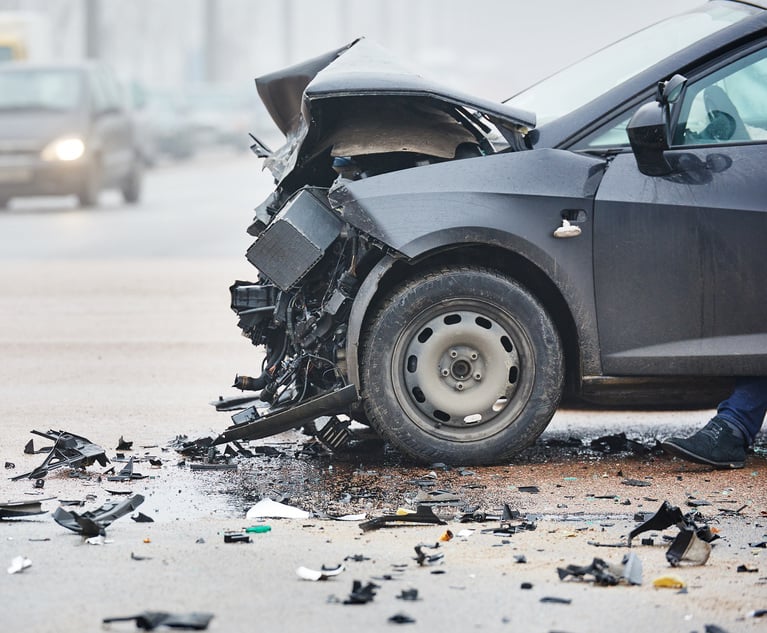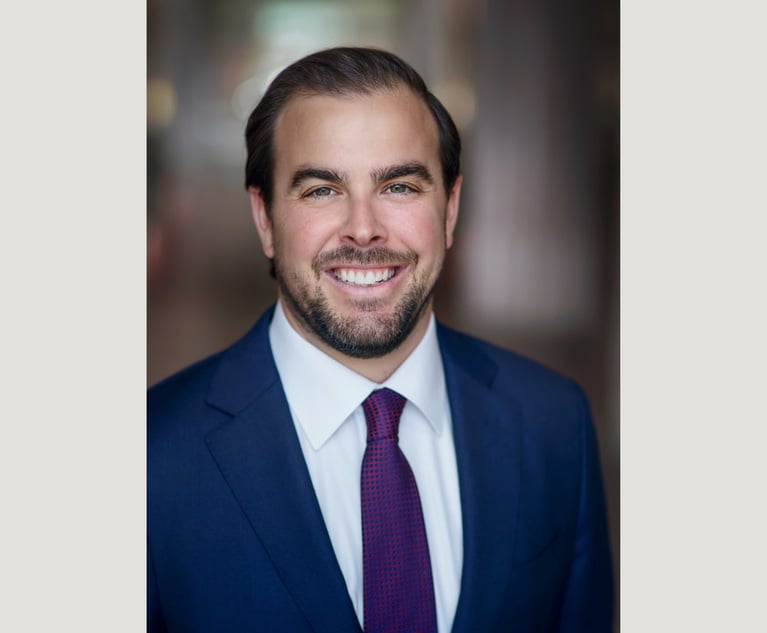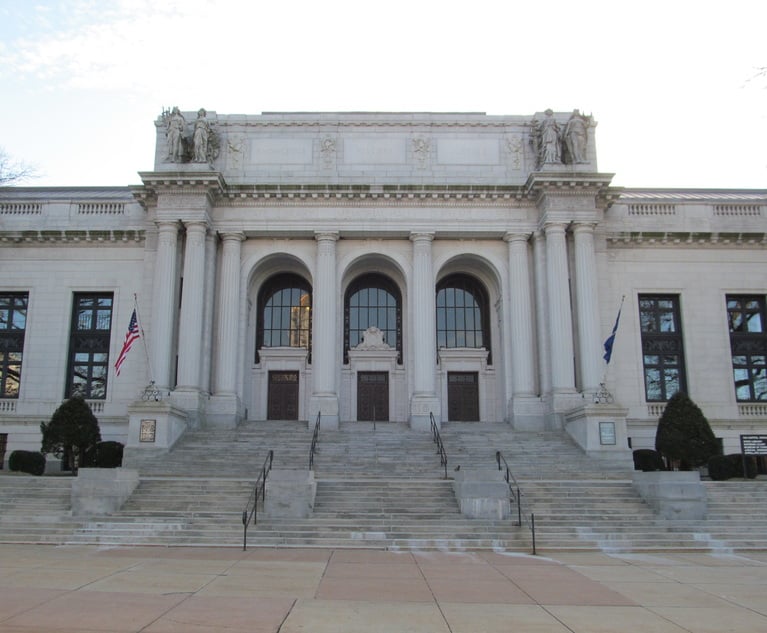The rash of wrong-way crashes on Connecticut highways has led to proposed fixes including modern technology in the form of warning lights and more noticeable signs. The General Assembly is also considering lowering the blood alcohol concentration (BAC) to prove driving while intoxicated from .08 to .05. While that may be a good idea for other reasons, it is not likely to reduce the most dangerous wrong-way crashes. Indeed, the General Assembly is ignoring what might be a very effective way of reducing drunk driving fatalities—eliminating the requirement of showing “visible intoxication” for Dram Shop Act cases.
When we read about another wrong way crash, it is no surprise that the collision was at 1 or 2 a.m. That’s not a coincidence. That’s when bars close. Indeed, a study by the National Transportation Safety Board found that nearly three-quarters of wrong-way drivers involving fatalities were under the influence of alcohol. Nearly 60% of wrong-way drivers causing a fatality had a BAC of .15 or higher. Only 10% had a BAC between .08 and .15, and only 2% had a BAC under .08. (29% tested at 0.0 BAC.) Ten percent had been convicted of drunk driving in the three years before the fatal collision. The overwhelming majority of crashes are at night.







